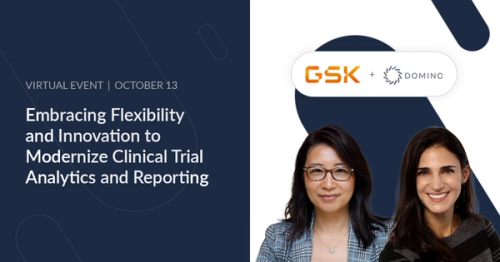
"In having one or two very successful algorithmic deployments, the business then begins coming to you to ask for assistance. It becomes a mutual interchange, everybody wants value or savings."— Stig Pedersen
In this new series, we will be speaking with leaders in the machine learning and data science field about how they got their start in data science and ask them a series of questions around what they think their key enablers of success are in leading data science teams.
Our first fireside chat is with Stig Pedersen, responsible for machine learning and data science at Topdanmark, a leading provider of insurance solutions in Denmark.
Conversation Highlights
Stig Pedersen came into data science technologies, having first worked as part of business units commercializing other technology. After initially working to deploy robotic process automation models inside, Stig saw the value potential of machine learning and data science and embarked on a mission to build a group of data scientists to construct algorithms and models to help build better efficiency and ultimately create value inside the insurance company.
On how he got Data Science started inside Topdanmark.
I come from the "we need something" side of the business but I've always been tech oriented. We started building this team from scratch and collaborated with an external consultancy to get started.
On fostering good culture between the business and data scientists.
If the business doesn't trust your data scientists and their algorithms, you lose the whole point.
What we actually do is quite simple, but it works. We seek agreement with the business on what we would like to do, then we start developing an algorithm with a rough idea of how far we can push it, but we don't start building until they accept that and connect us with one of their utmost subject matter experts in the division.
On creating a sustainable pipeline of interesting problems to solve.
This is a key problem with all advanced technology. You could say that it's replacing humans in one way or another, or supporting them in making decisions.
I don't think you can plan a pipeline three years ahead, but once you prove you can create value in a specific area; for example the claims area, then managers will ask you to help solve more of their problems.
You can't always predict the timeline of how long analytics will take, but showing the potential value that can be generated is so immense that it becomes worth investment; every time we felt our pipeline might begin to run dry, we had new projects come that had the same or even higher value than previous ones.
On how solving infrastructure issues enabled his team to focus on solving business problems.
If you don’t have the right infrastructure, you’re lost. We really needed a machine learning platform. You need a version of code running, who deployed what, and freedom to choose what open source tools they want to use
With Domino Data Lab, they’re free to do what they need to do, and they never have questions about technology - because they just get on with it. Like a musician playing a piano, or picking up a violin.
About Topdanmark
Topdanmark is one of the leading providers of non-life and life insurance products in Denmark.
They have made significant investments in robotic process automation and machine learning technologies to improve their efficiencies and create better decision-making inside the organization.
Subscribe to the Domino Newsletter
Receive data science tips and tutorials from leading Data Science leaders, right to your inbox.
By submitting this form you agree to receive communications from Domino related to products and services in accordance with Domino's privacy policy and may opt-out at anytime.



